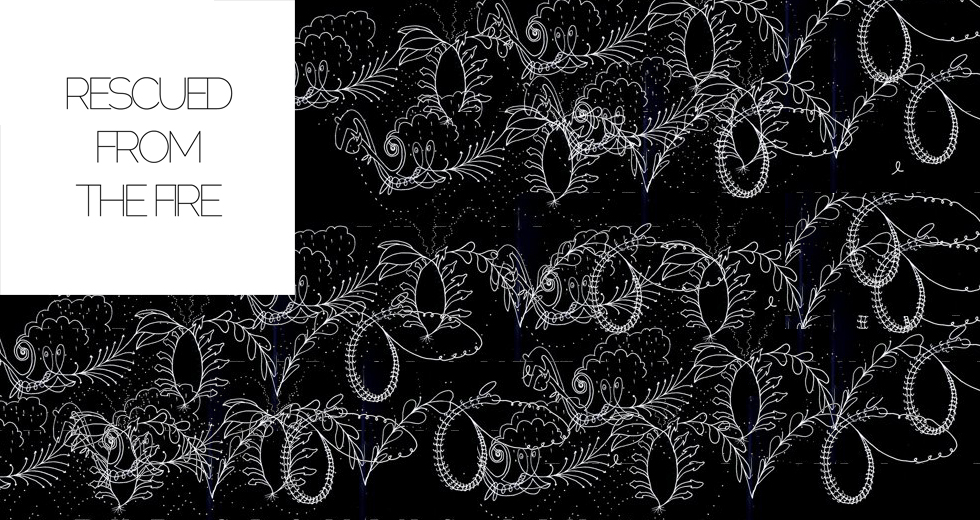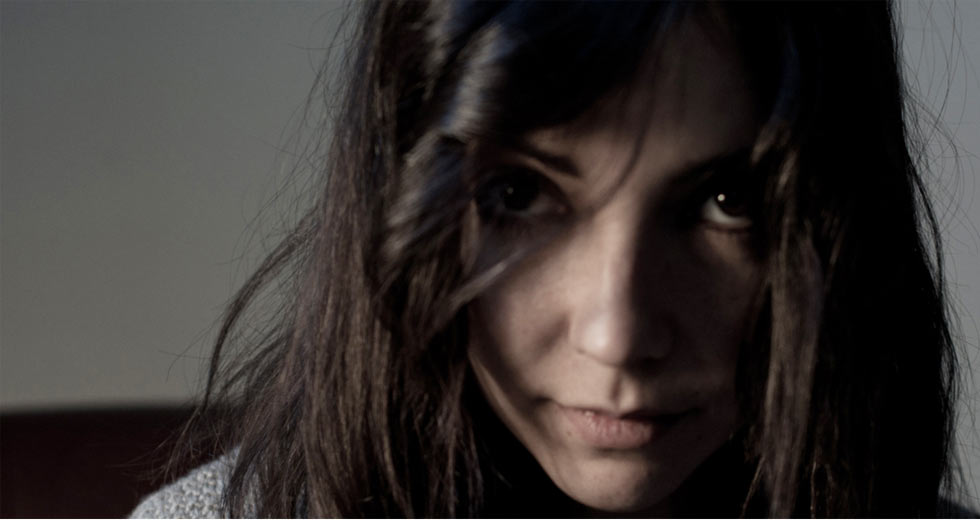Key Tracks: John Fahey’s Voice of the Turtle
John Fahey is undoubtedly an American original. The guitarist had a style of playing that has been copied ever since his beginnings in the late ’50s and ’60s. Defiantly independent in a time when independent labels were a rarity, Fahey’s Takoma Records became an example of DIY culture before DIY even existed. In this exclusive excerpt edited and condensed from Steve Lowenthal’s Dance of Death: The Life of John Fahey, American Guitarist, we present a behind-the-scenes look at one of Fahey’s most compelling works, The Voice of the Turtle
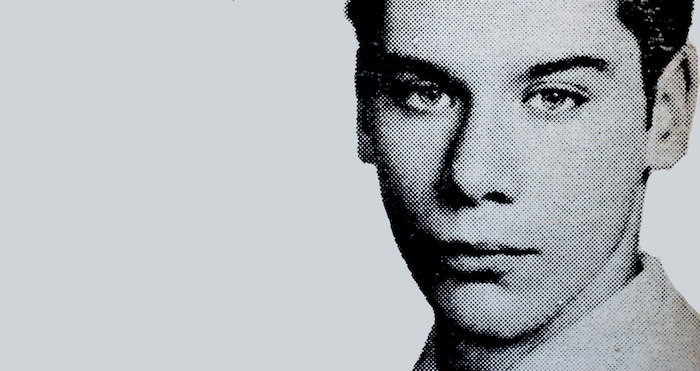
The Voice of the Turtle offers a more in-depth look at John Fahey than any in his catalog. The album exists as a world unto itself, so rich with symbolism that it functions more as semi-fictional autobiography than an album. Here Fahey introduces his audience for the first time to the turtle, a recurring presence throughout his life. He considered himself an amateur expert on turtles and kept many as pets around his house, sometimes more than a dozen. If he saw a turtle crossing a highway he would stop, get out of his car, and bring it to the other side of the road so it wouldn’t be harmed.
If he saw a turtle crossing a highway he would stop, get out of his car, and bring it to the other side of the road so it wouldn’t be harmed.
Once when he and Jan – his first wife – were visiting a local pet store, Fahey became appalled at the conditions in which the turtles were kept. He decided to buy all 13 turtles they had in the store, despite having no idea what to do with them. Once they rescued the creatures from their cages, Fahey had to keep them all in his bathtub. Whenever he or Jan wanted to take a shower they had to remove the turtles and then scrub the tub clean from turtle dung. They kept it up for a few weeks, but then even Fahey had to concede that they had to go. Though he didn’t have the means, he would prefer to have lived with as many as he could.
In terms of artwork and layout, The Voice of the Turtle is Fahey’s most sprawling and elaborate album, with a 12 page insert that includes extensive pictures and liner notes. The package reads like a museum exhibit whose narration spirals into the absurd. “He didn’t say anything about the cover, but for that insert of his, um, deranged ranting, he brought over all the materials and told me exactly what he wanted,” remembers cover designer Tom Weller, “So I precisely followed what he said.”
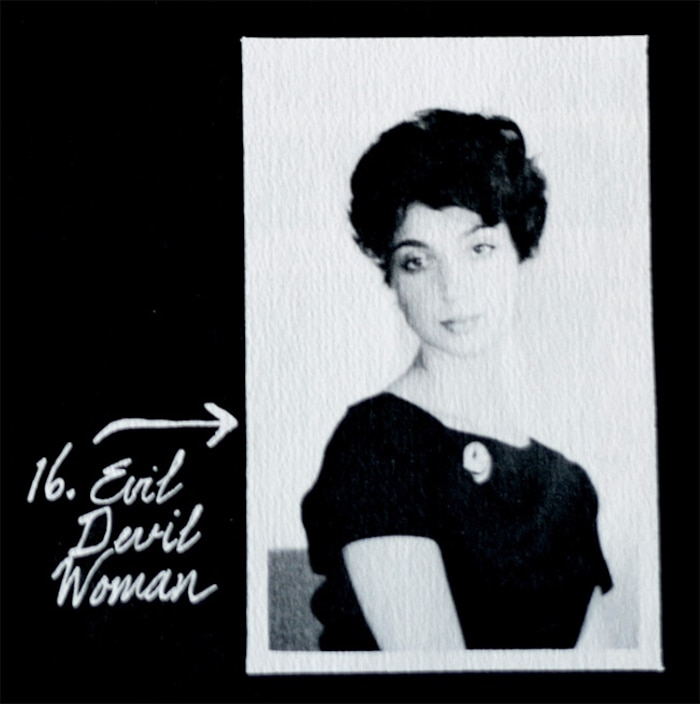
The booklet, also titled “The Fahey Picture Album,” it is littered with images of people and places, notably Fahey’s ex-girlfriends. Knott’s Berry Farm Molly, Linda Getchell of the Great San Bernardino Birthday Party, and Pat Sullivan (dubbed Evil Devil Woman below her picture) are all seen for the first time. He had written songs featuring the real women in his life, and they had also become recurring characters in his liner notes – but now his audience could see them vividly for the first time. None of the women were asked permission – or even informed that their pictures would adorn his records.
It was a first for a record of any kind, and a communication to the audience that was personal but also obscure, as the public had little idea who these people were. Yet to those who knew him, it was a diary. “I’m not aware of any other musician who put out anything remotely resembling the presentation of The Voice of the Turtle before that came out,” says Barry Hansen. “He had these surrealistic ideas running around in his brain starting at a very early age, probably before he began recording. When people started asking him why the heck he named one of his instrumental pieces ‘Stomping Around on the Pennsylvania-Alabama Border’ [sic] he began to think that some of his followers might be interested in some of those thought processes, and eventually began writing them down. I had no idea that he was using a snapshot of me [for the insert of The Voice of the Turtle] until he handed me a finished copy.”
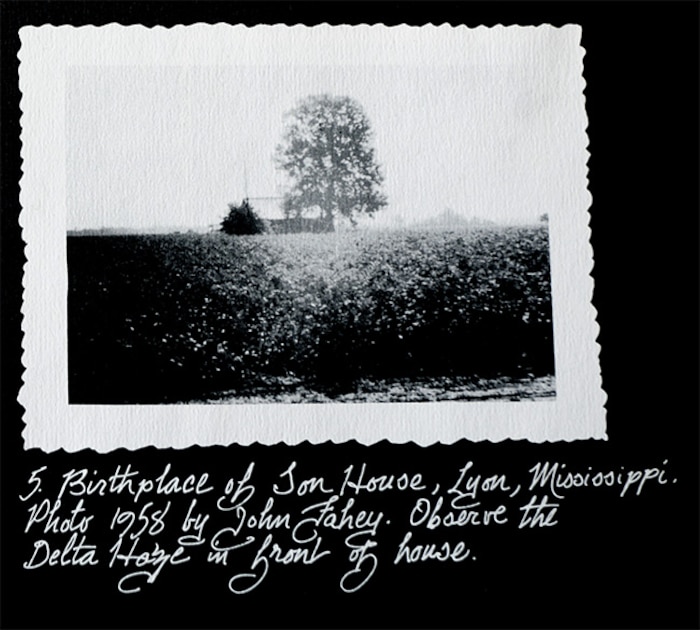
In addition to his lovers, he included images of his friends and relatives, and even Takoma Park. Characters like Chester C. Petranick (the real-life inspiration for Fahey’s pseudonym), his grandparents, and shots of guest musicians littered the pages. Other images included blues legend Son House’s birthplace, the Takoma Park Funeral Home, and Barry Hansen holding a rare Jelly Roll Morton record during a canvassing trip. The back cover showed a photo of Fahey as a 17-yearold, exhibiting a public distance and an intense stare, his hair slicked back in classic 1950s greaser pompadour. The overall effect was of an elaborately narrated photo album. Everyone became a part of his universe, like constellations, laid out in a virtual confessional art exhibit.
“Notes, in those days, were often intended to convince people to buy a record, but that doesn’t seem to be the case here,” adds Hansen. “I think that in the final analysis he was writing for himself . . . using writing to sort out all the things that obsessed him, writing to help mitigate the ways those things disturbed, even tormented him. Eventually, of course, his writing became an end unto itself, still related to his music but not attempting to explain any particular pieces.”
It was two albums with the exact same cover, booklet, and track titles – but with completely different recordings.
Released on Takoma in 1968, The Voice of the Turtle is a musical collage as well as a visual one. In his most elaborate prank, Fahey released two different albums with the exact same cover, booklet, and track titles – but with completely different recordings. Each pressing of the record contained a different sequence and music. It was yet another vexing display of Fahey’s absurd humor. These alternate versions of the same album remain the most confusing part of his discography, since they were indistinguishable to the record-buying public save by the color of the center label.
Using recordings from the last several years, Fahey created an audio patchwork that properly mirrored the timeline of the notes, using recordings from throughout his personal archive. He starts the album with the traditional “Bottleneck Blues,” a 1927 performance by Weaver & Beasley, with which Fahey plays along on the record – another prank on the listener. The track is credited to John Fahey and Blind Joe Death. In the process, Fahey literally plays on top of his favorite records and uses them as his own in an attempt to place himself into his beloved blues history.
After “Bottleneck,” the album shifts to the more modern, psychedelic ragas of the oft-reprised Fahey composition “A Raga Called Pat.” Part 3 ends the A-side, and part 4 begins the B Side. These two tracks offer a surreal counterpoint to traditional, Tin Pan Alley nostalgia of earlier tracks including “Bean Vine Blues.” After “Pat,” a flurry of guests appear on the record. Most notable are the performances (again from Fahey’s personal archive) featuring Nancy McLean on flute.
Also included are two pieces recorded on a 1966 canvassing trip with Hansen. The pair went to Oklahoma, northeast Texas, Arkansas, and northern Louisiana. The official reason for the trip was to record two old-time fiddlers, Hubert Thomas and Virgil Willis Johnston. Arrangements for the visits had been made in advance, and they spent an afternoon/early evening with each fiddler. Hansen ran the UCLA Folklore Department’s AMPEX tape deck while Fahey supervised the sessions, sometimes accompanying the fiddlers on guitar.
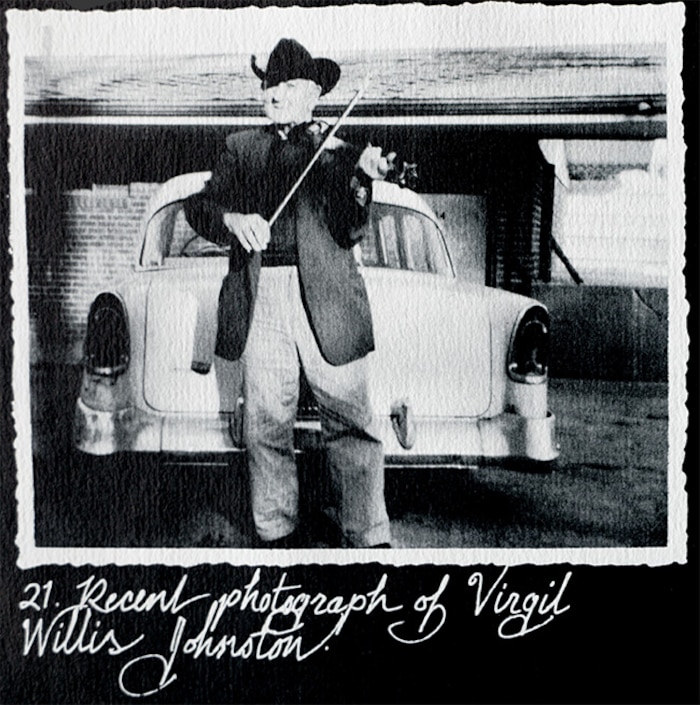
Fahey literally plays on top of his favorite records and uses them as his own in an attempt to place himself into his beloved blues history.
The album concludes with one such collaboration, the spiritual “Lonesome Valley.” Ending with a spiritual, he echoes an old Nashville tradition of praising the Lord to wash away the secular damage of earlier tracks – a typical end to a Fahey record. Fahey also uses the idea of ending with a spiritual as a social critique, attacking in his liner notes those who he feels are insincere in their musical presentation. Fahey sought the feelings they stirred, not the stylistic conventions, of those old blues records. He rarely played them those days; he was writing his own music, assured of his vision.
In his liner notes, under the guise of a narrator Fahey evaluates his own art: “The recordings which comprise this record comprise a well-defined yet non-directive channel of Mr. Fahey’s roots and the progression of his music for the casual listener to be entertained thereby, the inquisitive listener thus may have his curiosity satisfied and the casual listener may, in the same manner, as it were be entertained,” he said in his best faux-scholar voice.
He was unassailably convinced of his importance.
The pieces form a view of Fahey from all angles – the professional, the myth, the collector, the romantic, the scholar – and form the sum total of his early American experience. The result sounds almost like a conversation the artist is having with himself, rearranging and editing the details of his life. All the while, the audience is privy to this process, and its voyeuristic indulgence becomes a justification for Fahey’s self-obsessions. After all, Fahey himself fantasized about his work being viewed with the same level of devotion as that of his idols.
“He was unassailably convinced of his importance,” says Sam Charters. “As for mythology, didn’t he do for himself what he did for Charley Patton? That was his blueprint. He became a legendary figure just like Patton was. When John did the Patton book we didn’t know very much about him. It was largely conjecture, a musical interpretation in a way. So yes, I think this was the working template for what John was doing. It’s easy to fall into. It’s a kind of presentation that you understand has value and has a methodology. So he did his own version of a methodology, a working musicologist, and he did it on himself while creating the music at the same time. You get a wonderful parallel universe, of him creating the document while documenting its creation at the same time.”
All that said, The Voice of the Turtle was a financial disaster. The bulky packaging cost 15 cents more per unit to manufacture than the wholesale price at which the company sold it, so they lost money on every copy sold. According to Fahey, no one at Takoma figured this out until a year after its release.
